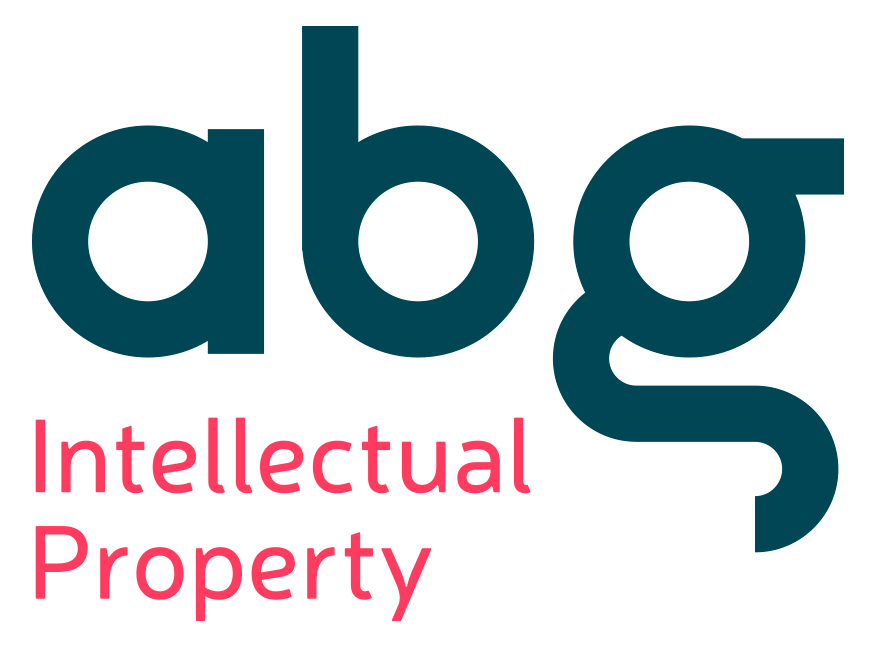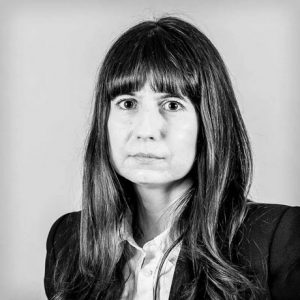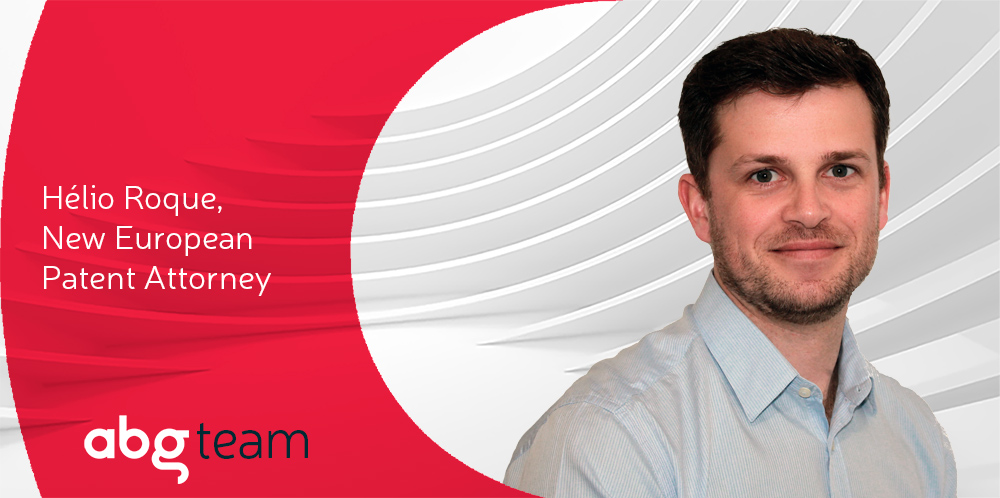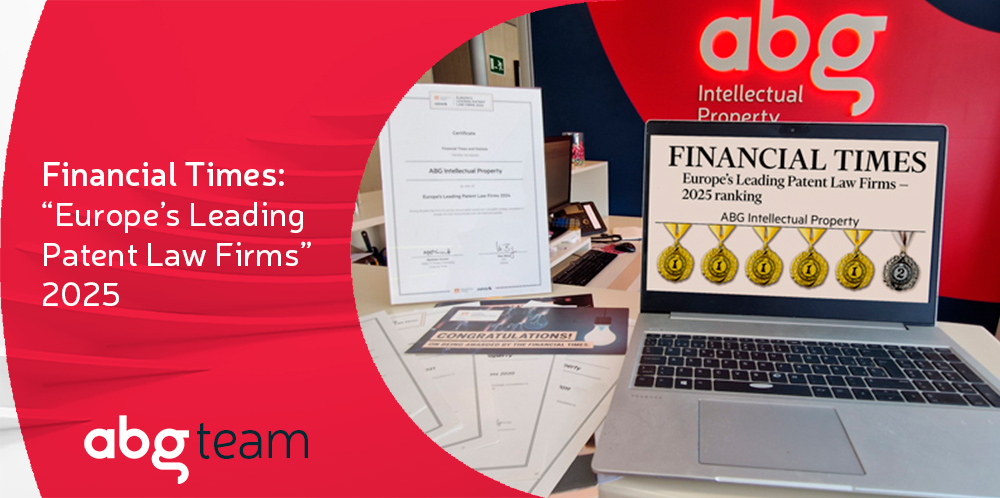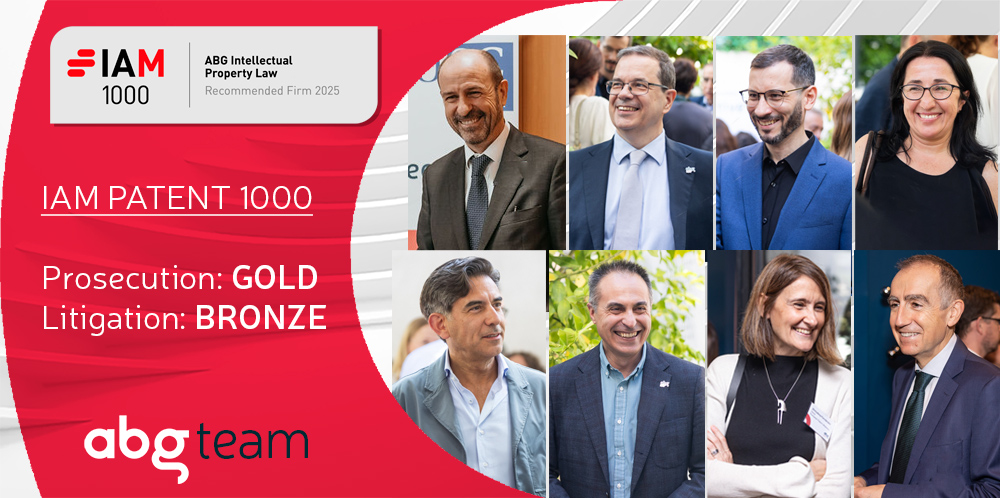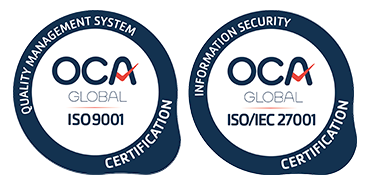As a continuation of our article Utility Model – Part 1, which was published recently, we address below some additional aspects related to this modality of Intellectual Property.
Which are the requirements of a utility model in Spain?
As with patents, the basic definition of an invention as recited in the claims must be new over the state of the art. In the case of a utility model, the invention must not be “very obvious” to the person skilled in the art. Furthermore, the invention must be sufficiently detailed so that the skilled person does not have to make an undue effort to put the invention into practice. This means it must also comply with the requirement of descriptive richness or sufficiency of description.
So, for its novelty, the same standard is applied as for patents. i.e. absolute novelty, which means that everything published prior to the filing date is taken into account, regardless of the geographical location where the disclosure took place, regardless of the medium (oral, written, as a prior use, audio-visual, etc.) or the language.
However, when assessing inventive step, this requirement is softened from that of patents by moving from “obvious” to “very obvious”. With the introduction of this “very” requirement, not only do we lose the criteria we are used to applying to patents, but also the methodology for evaluating it, since the “problem-solution approach” may be no longer useful.
In practice, the criteria to assess if a utility model lacks inventive step, tends to focus on checking whether the features that would confer novelty to the claims are easily deductible or if they do not go beyond the normal advances in that technology. Other approaches closer to patents would be, for example, limiting the knowledge and talents of the skilled person in the art when carrying out routine work, or checking whether the industry effectively urges or guides the skilled person in the art to replace, combine or modify certain teachings of one or more documents with very high expectations of success.
What about supranational level? Can I internationalise it?
Yes, utility models are contemplated within the Paris Convention and can be used as a priority application, within a maximum period of 12 months, to file one or more applications for the same invention in other countries claiming the priority of it, or as a “second application” which claims the priority of a prior patent or utility model. An application originally filed as a utility model can be extended as a patent, and viceversa.
Asian countries, especially China, account for a large part of the utility model applications submitted worldwide, with Germany and Spain registering the most applications for this modality within the European framework. It should be noted that not all countries allow this option – such as the United States or the United Kingdom – so this factor must be taken into account when defining protection strategies.
In addition, unfortunately, utility models do not have regional or international harmonisation treaties at the moment and therefore, are subject to more disparity, even though they all share common features, such as more agile prosecutions, a shorter life time and less demanding inventive step requirements. However, for a PCT application it is possible to undertake national phase entries as utility models in the countries that accept this option.
How can I protect my invention through a utility model?
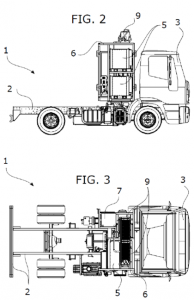
As with patents, also for utility models the claims define the object for which protection is sought. Therefore, it is essential to prepare a set of claims that are adequately suited to the object of the invention, including all the essential features and avoiding unnecessary limitations.
The description of the utility model, generally accompanied by illustrative figures, complements the claims and serves to explain the invention in greater detail, so that a person with knowledge in that particular technical field is able to put the claimed invention into practice.
Once the text of the utility model has been prepared, in order to obtain protection by means of a utility model in Spain, it is necessary to submit an application addressed to the Spanish Patent and Trademark Office (SPTO), making sure it meets the other established requirements, namely:
- indicate that the modality sought is a utility model
- provide information that will allow the applicant to be identified
- provide the text of the utility model
- pay the applicable fee
The text of the utility model may be submitted in any language, but a translation into Spanish must be filed if the original text is submitted in a different language.
Prosecution of the utility model
After filing a utility model application, the procedure for granting it in Spain is very swift, as the prosecution of the utility model application does not require a search report (which is done for patent applications) and because the utility model is only subject to a substantive examination of patentability in the event of opposition by a third party. In the absence of opposition, it is sufficient to pass a formal examination in order to have a utility model granted.
If a utility model application has any defects, that do not allow it to pass the formal examination, the applicant receives an invitation to correct them within two months, either by making amendments to remedy the defects identified or by submitting arguments in defence of the original wording. In the absence of a response from the applicant, the utility model is refused.
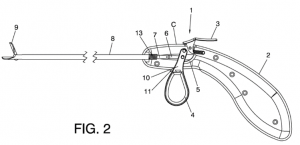
When the utility model passes the formal examination, either based on the documents originally filed or after the applicant has submitted the appropriate amendments or arguments in response to the aforementioned invitation by the SPTO, the utility model application is published.
The publication of the utility model application triggers a two-month period for third parties to file an opposition against the grant.
If there are no oppositions, once the two-month period has lapsed the utility model is granted. However, if there is an opposition, the applicant has the opportunity to submit arguments and amended claims in response to the opponent’s objections. After analysing the parties’ arguments, the Spanish Patent and Trademark Office proceeds to grant or refuse the utility model.
Once a utility model has been granted, annual maintenance fees must be paid to keep it in force.
Is it possible to switch between patents and utility models?
In Spain, it is possible to request a change of modality between a patent application and a utility model application. In particular, during the prosecution of a patent application it is possible to request the conversion of the patent application into a utility model application before the completion of the substantive examination. Similarly, during the prosecution of a utility model, there is also the option to request its conversion into a patent application before the utility model is granted or refused.
This flexibility in switching from one modality to another can be useful, for example, if the applicant of a patent has an interest or need to reduce costs or the prosecution time until grant, this can be achieved by converting the patent application into a utility model application, thereby avoiding the substantive examination stage and the corresponding fees.
What can I do against a competitor’s utility model?
As mentioned above, the publication of the utility model application triggers a two-month period for third parties to file an opposition against the granting of the utility model. Therefore, the first option to act against a competitor’s utility model is to file an opposition on the grounds that the utility model does not meet one of the requirements, such as novelty, inventive step or sufficient description.
However, the two-month deadline can sometimes be too short, especially if a competitor’s potential publications are not being monitored. In that case, there is still the option of seeking to have the granted utility model cancelled in court.
If the utility model application is not examined, how do I know if my utility model meets the requirements for patentability?
In order to ascertain if the invention that constitutes the subject matter of a utility model is new and inventive over the state of the art, a patentability study can be performed. This type of study involves carrying out a search of prior art that would potentially be relevant to the invention and analysing whether the requirements of novelty and inventive step in relation to the prior art are met.
However, it is also possible to request a search report for the utility model from the SPTO. In fact, Article 148(3) of the Spanish Patent Law (SPL) states that in order to carry out actions aimed at enforcing the exclusive rights derived from a utility model filed under the current law, a prior request must be made for a search report relating to the subject-matter on which the action is based. This search report is notified to the requesting party and made available to the public together with the utility model file (Article 148(4) SPL).
Utility models: a booming protection
So far this year, SPTO has received 30% more utility model applications than in the same period in 2019. One of the causes is probably the COVID-19 pandemic situation, but at ABG we believe that another reason is the greater disclosure of its features and changes introduced in the latest Spanish Patent Law. As part of ABG’s commitment with the informative responsibility, we have shared the keypoints on utility models in Spain through this article and the previous one.
